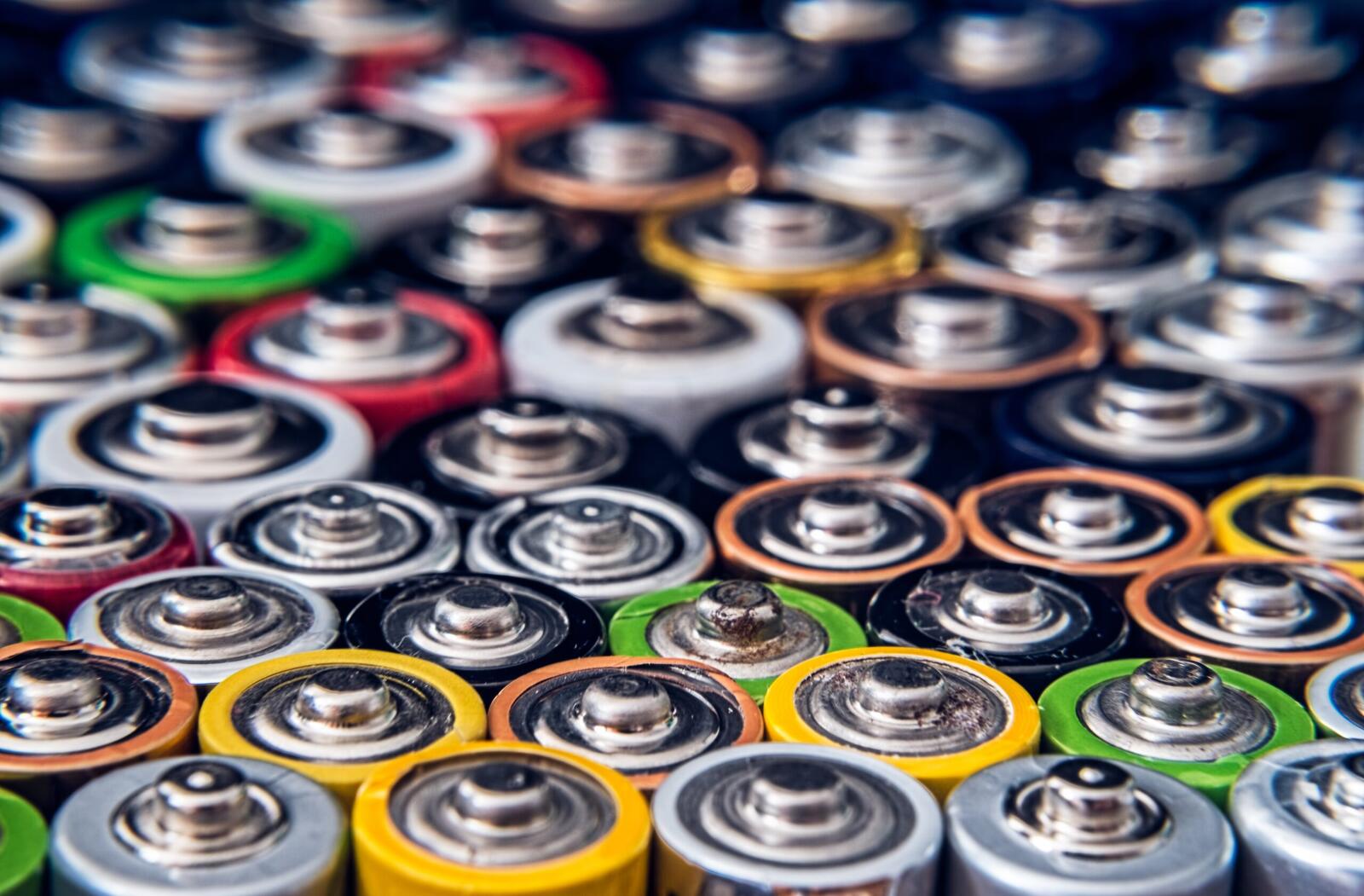Researchers have discovered a promising new substance for designing batteries that works similarly to how soap removes grease and dirt. This substance, known as localised high-concentration electrolytes, could be a crucial factor in creating batteries that last longer. The study, published in Nature Materials, reveals that understanding the action of soap can unlock the secret to more durable batteries.
“Localised high-concentration electrolytes could be the missing piece in building longer-lasting batteries,” said Yue Qi, a professor at Brown’s School of Engineering. These electrolytes work by forming micelle-like structures, similar to those created by soap, enhancing the energy-storing process in batteries.
The Science Behind the Discovery
Scientists at Brown University and Idaho National Laboratory focused on how soap forms micelles, tiny structures that trap dirt and grease, to inspire their approach to battery design. This research led to creating a new kind of electrolyte. This new electrolyte looks promising for use in lithium-metal batteries. They store more energy than current lithium-ion batteries.
But, the usual electrolytes don’t work well in batteries made from metal. “The big picture is that we want to improve the energy density for batteries,” Dr. Qi explained. The new electrolytes address this issue by enhancing the flow of the battery’s power.
Understanding the Electrolyte Function
The research team found that the new type of electrolyte functions in a way similar to soap. “The paper provides a unified theory to why this electrolyte works better,” said Bin Li, a senior scientist at Oak Ridge National Laboratory. The solvent in the electrolyte acts as a bridge, binding both the diluent and the salt, and wraps around the higher concentration salt in the center of the micelle.
This breakthrough allows scientists to develop the right concentrations needed for optimal reactions in the batteries. “Now we have a theory, and guidelines to get the interactions we want from the salt, the solvent, and the diluent in the electrolyte,” Dr. Qi added.
More from News
- How Are The UK And The Ocean Linked To Threat Detection?
- Driverless Vehicles: Why Is Tesla Under Investigation?
- Professional AI Use: Is There A Double Standard In Who Uses It?
- Experts Share: How Can The UK Maintain Its Position As A Top Tech Hub Globally?
- Amazon’s Same-Day And Next-Day Delivery Now In 4000 More Areas
- Valutico Acquires AI Innovator Paraloq Analytics to Revolutionise Private Company Analysis
- How Do UK Consumers Spend Their Disposable Income?
- Spain Tops The List As Most Productive European Country
Potential Impact on Battery Life
This new understanding could lead to a proper balance of the three battery ingredients, thereby extending the life of lithium-metal batteries. It’s a significant step forward in overcoming the electrolyte design bottleneck for high-density batteries.
Researchers at Idaho National Laboratory have already put the theory into action, finding that it holds up and helps extend the life of lithium-metal batteries. “The concept of the micelle may be new for the electrolyte, but it’s actually very common in our daily life,” Dr. Qi noted.
The team is excited to see what designs for localised high-concentration electrolytes emerge from their work, knowing that significant progress remains. The inspiration drawn from something as everyday as soap could completely change the battery industry, providing longer-lasting power for various applications, including renewable energy storage, consumer electronics, and electric vehicles.
The study, led by Corey M. Efaw at Idaho National Laboratory and Qisheng Wu at Brown’s School of Engineering, involved collaboration with several other research institutions. The work was funded by NASA and the U.S. Department of Energy Battery500 Consortium.
This research marks an advancement in battery technologies, drawing inspiration from the simple, everyday process of soap cleaning. It opens new possibilities for developing batteries with increased life spans and energy efficiency, potentially transforming how we store and use energy from here onwards.



